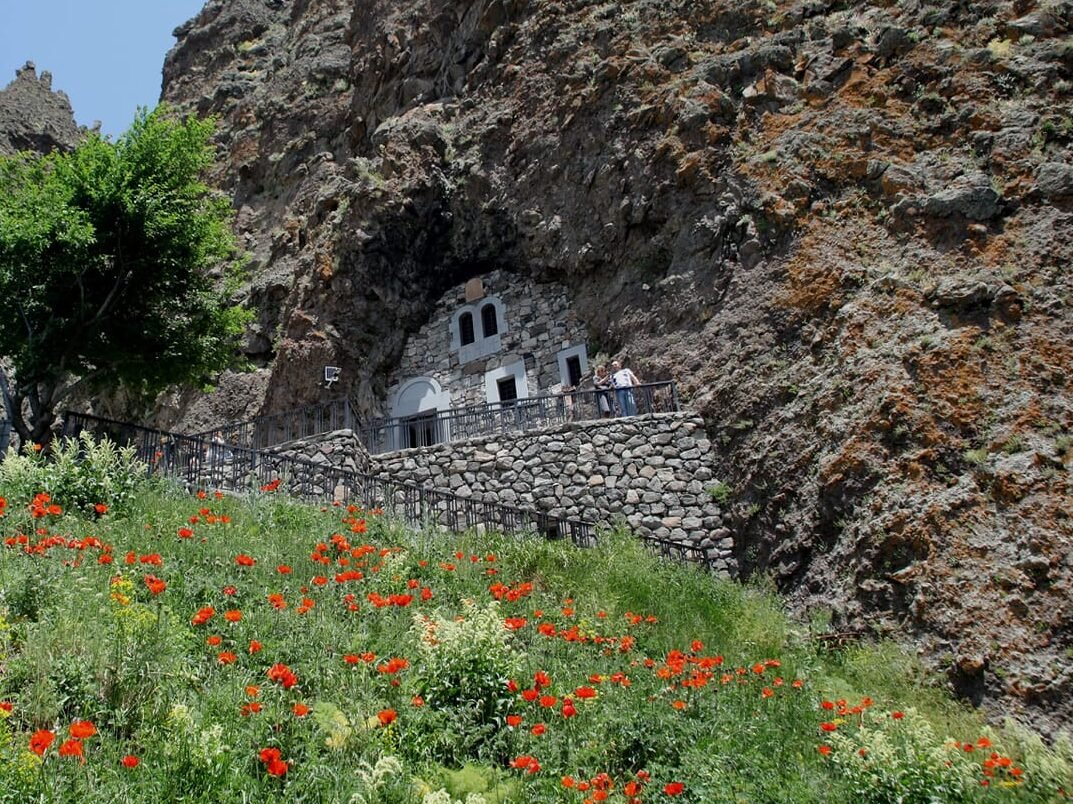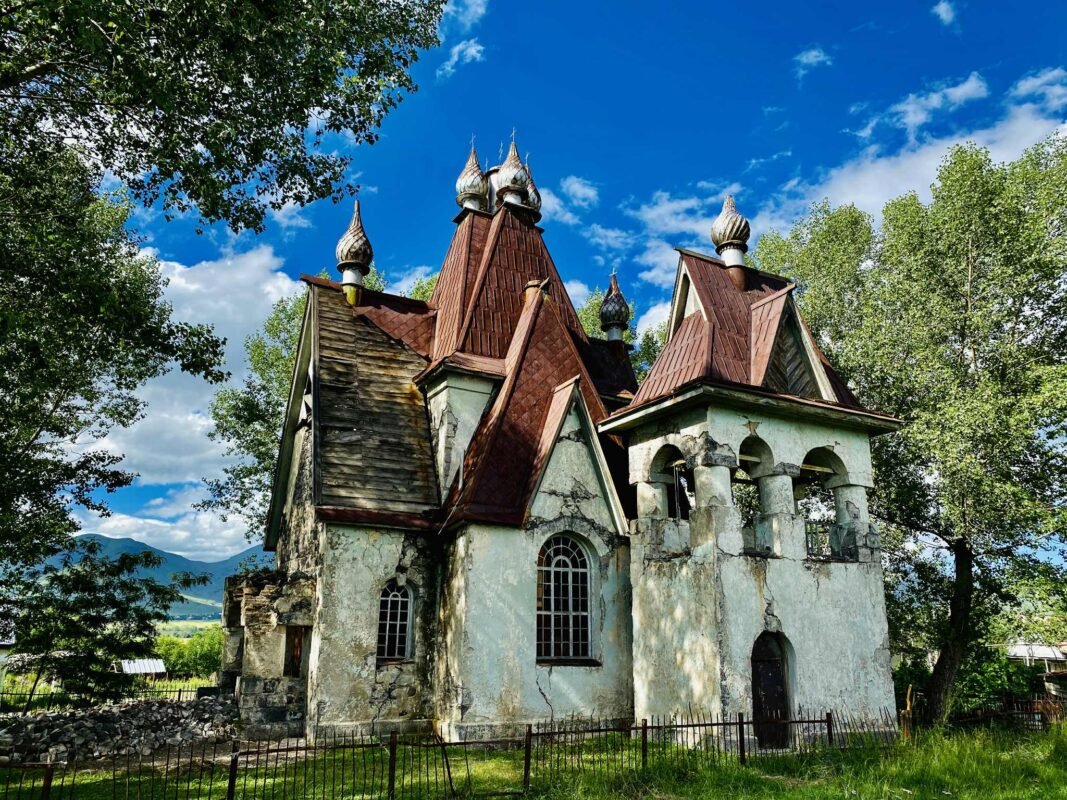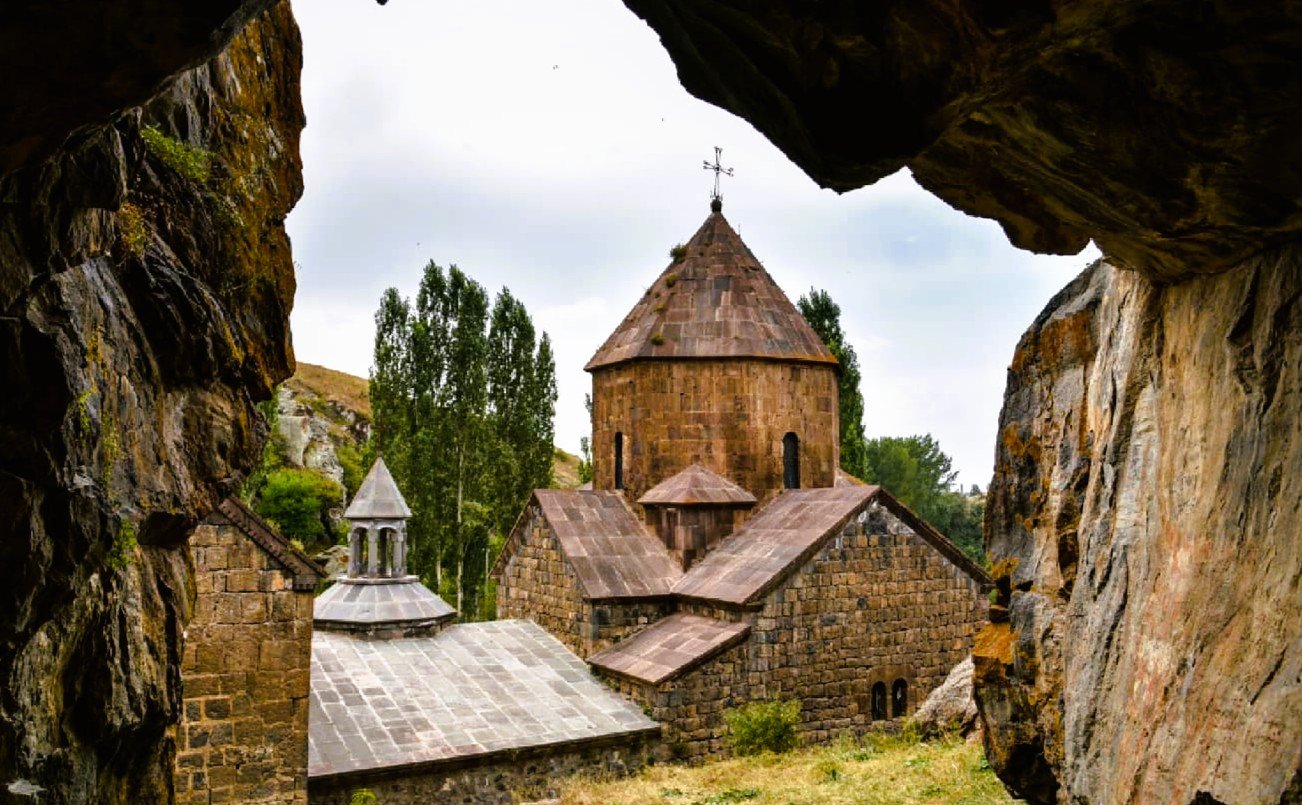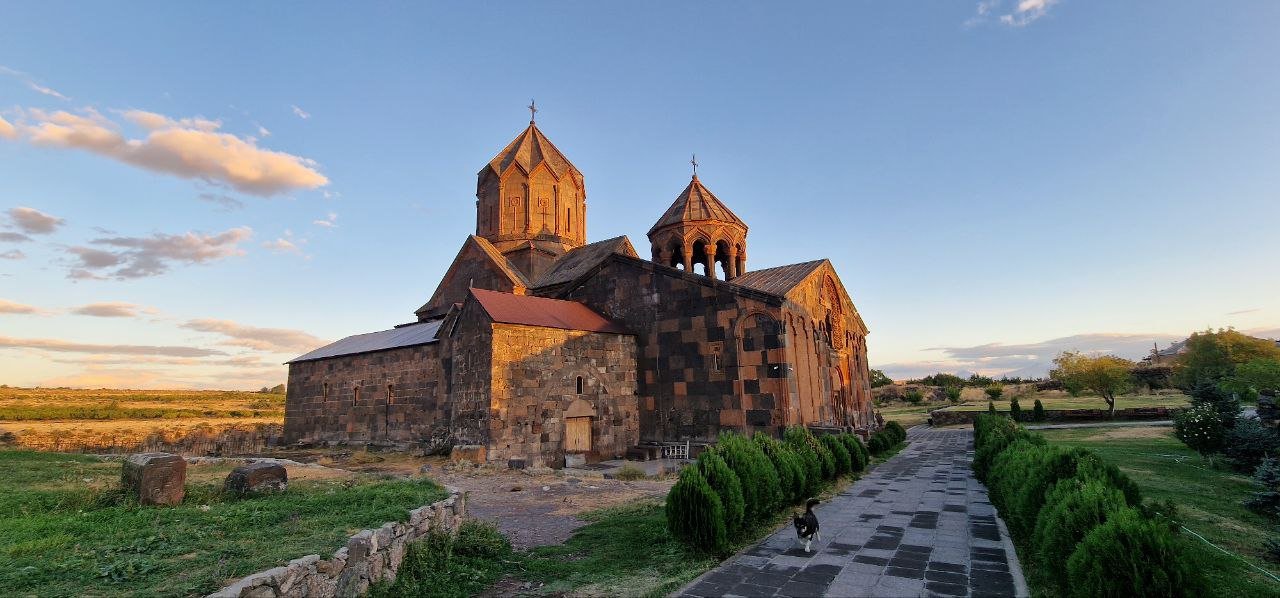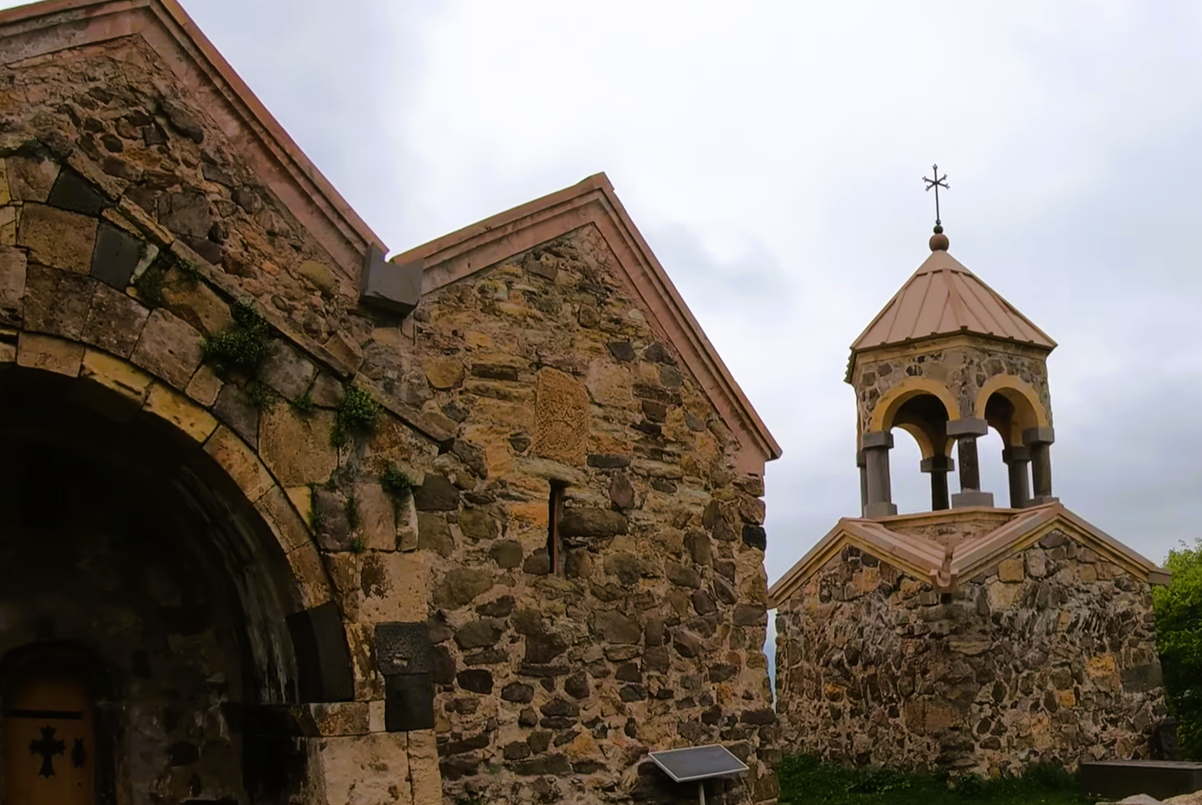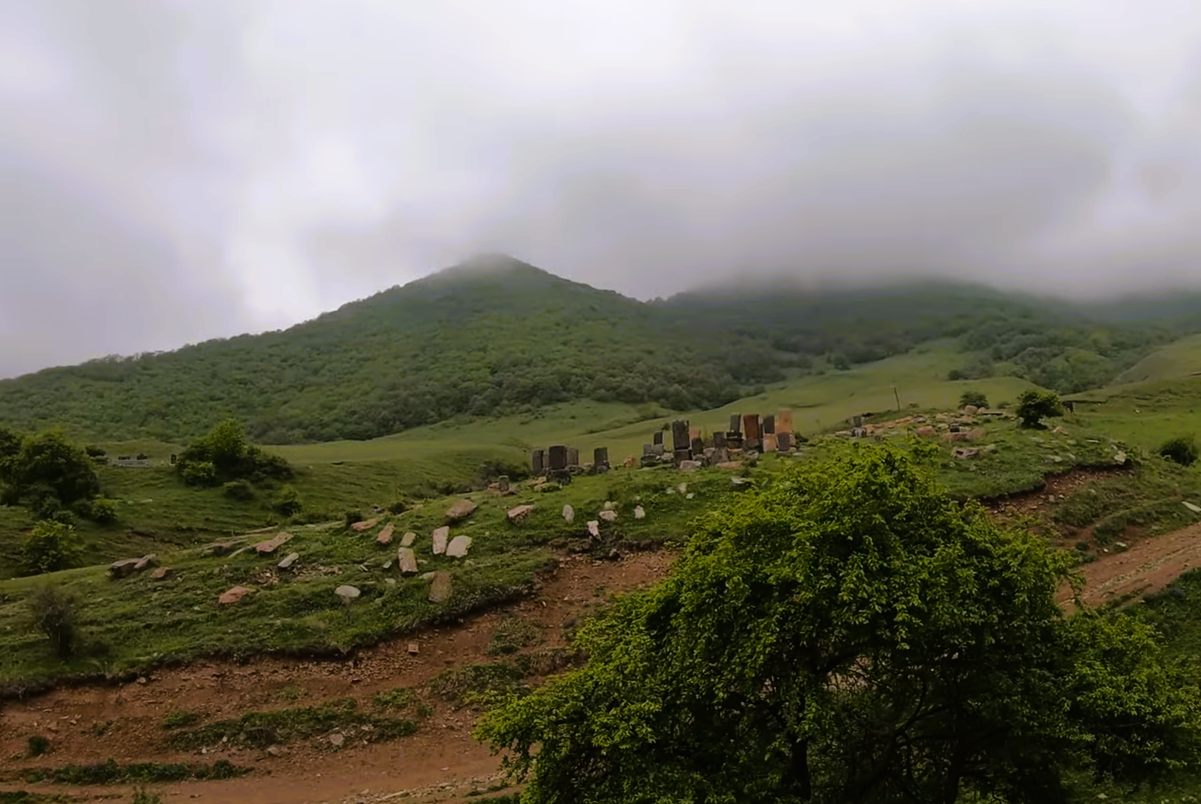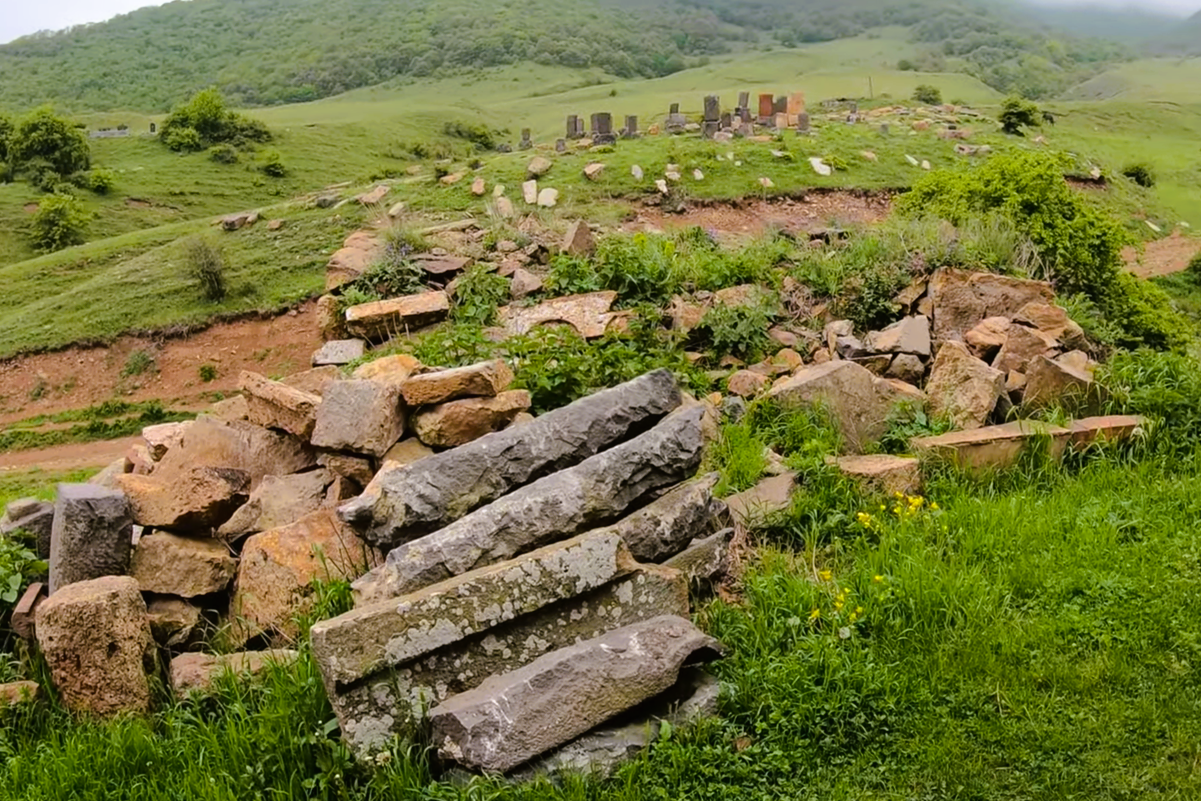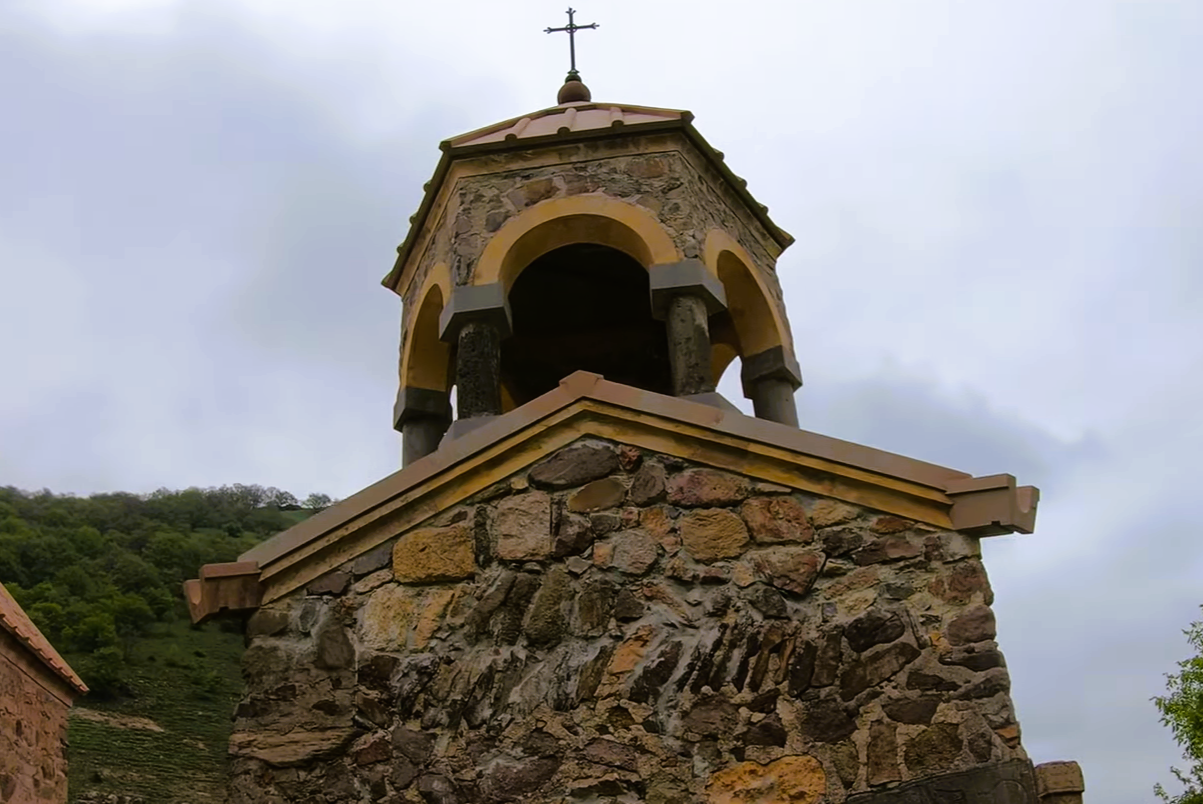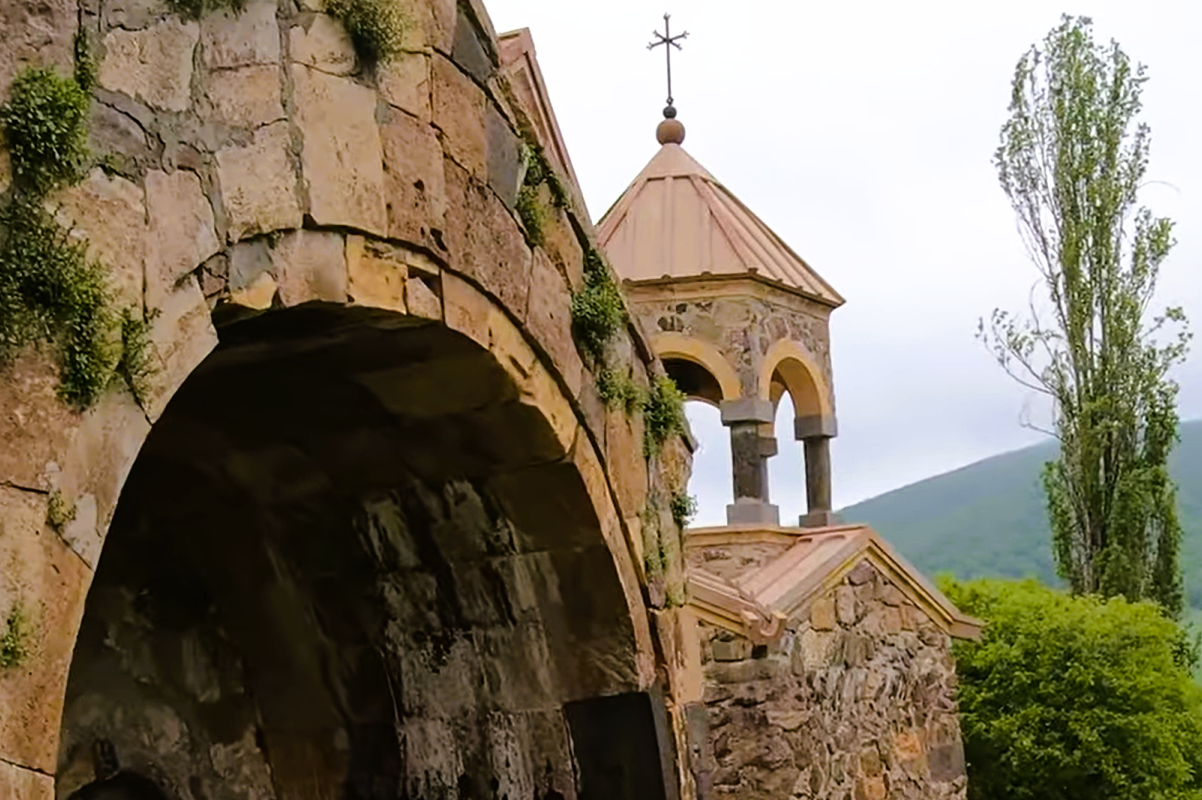Latest Listings
Related Listings
Close To You
St․ Hovhannes Church of Ardvi
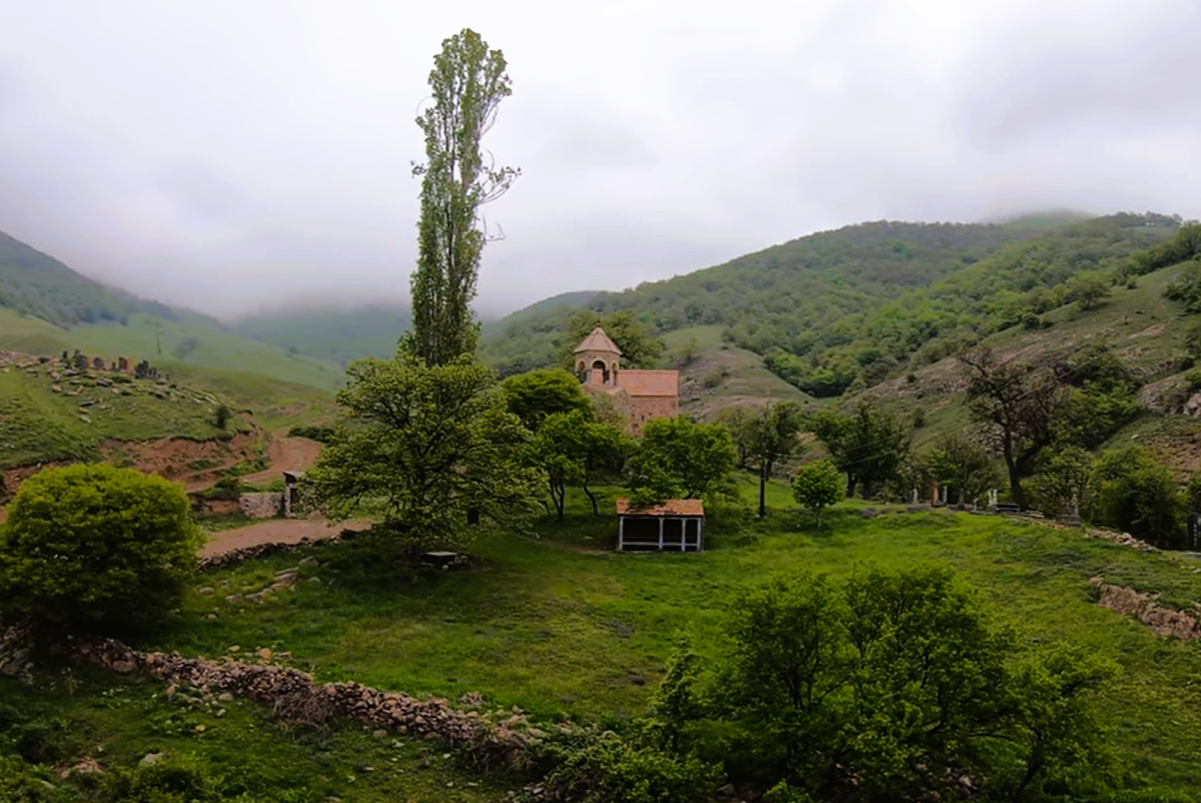
Monastery
1300 m
Historical
Easy
VISITOR INFORMATION
📍 Location - Lori Province, on the northwestern edge of Ardvi village, nestled in a picturesque mountain valley.
🕰️ Period - 8th -17th centuries, with later restorations in the 19th–20th centuries.
🌐 Coordinates - approximately 41.0097° N, 44.6192° E.
🏰 Other Names - Srbanes Monastery, Monastery of Hovhannes Odznetsi.
🌿 Best Time to Visit - From spring to late autumn, when the surrounding nature is lush and the climate pleasantly mild.
🛤️ How to Get There - The monastery is located off the Vanadzor-Alaverdi highway, along the road leading to Ardvi village about 170 km from Yerevan. From the village, the monastery is reached by a short walk.
OVERVIEW
Ardvi’s St. Hovahnnes Monastery (also referred to as Srbanes) is one of Armenia’s significant medieval monastic complexes. It consists of two adjoining churches, a bell tower, and monastic structures. In front of the altar of the northern church lies the large gravestone of Catholicos Hovhannes III Odznetsi, the 34th Supreme Patriarch of Armenia. Within the monastery grounds remain the ruins of monastic cells and economic buildings, while to the west stretches a medieval cemetery adorned with unique khachkars (cross-stones).
ETYMOLOGY
The monastery is known by several names. The name “Srbanes” is thought to derive from a local dialectal variation of “St. Hovhannes”. It is also often called the Monastery of Hovhannes Odznetsi, as the great theologian and reformer, Catholicos Hovhannes Odznetsi (717-728), is buried here. He authored the “Book of Canons of the Armenians”, the first comprehensive compilation of Armenian ecclesiastical law, and was canonized as St. Hovhannes the Philosopher.
HISTORY
Ardvi’s St. John Monastery was built between the 8th and 17th centuries and over the centuries expanded and underwent reconstructions. The northern church is considered the oldest structure of the complex, while in the 13th century, a vaulted hall was added to its western façade. In the 17th century, a bell tower was built to the south of the monastery, with a cubic base crowned by a six-columned rotunda. The monastery was renovated in the 19th century by Stepanos Taryan, and later, in 1902, by Melikset Kalantaryan. The most recent major restoration was carried out in 2018.
ARCHITECTURE
The monastic complex of Ardvi St. John consists of two churches, a bell tower, fortified walls, and a medieval cemetery. The churches are designed as single-nave vaulted halls, connected through an opening in their shared wall. The northern church is smaller in size, with a horseshoe-shaped apse and a square prayer hall. It once had an entrance from the west, now sealed. The southern church is more spacious, its floor paved with tombstones. In the 13th century, a vaulted hall was annexed to the western wall of the church, adding to the ensemble’s composition. The construction primarily employed irregular pieces of split andesite. Only the lower three rows of the eastern wall are built of large, finely hewn stones, marking distinct construction phases. Architectural studies suggest the churches were built at different times. The northern church is considered earlier and was likely reconstructed in the 17th century, alongside the building of the other structures. The bell tower, also dating to the 17th century, stands on the southern side of the complex. Its lower part is cubic, crowned with a six-column rotunda-a distinctive design that gives the tower an imposing presence and emphasizes the integrity of the whole ensemble. The monastery is surrounded by an irregular, low stone wall. To the west lies a medieval cemetery with remarkable khachkars and tombstones, enriching the artistic and cultural value of the site.
TOURISM
The road to the monastery passes through Ardvi village, a charming settlement typical of Lori’s Mountain landscapes. The village stretches along the slopes, embraced by forests and springs of fresh mountain water. Here, traditional Armenian rural life endures: homes still bake their own bread, preserve old customs, and the people are known for their warmth and hospitality. Ardvi’s natural setting and ancestral traditions complement the monastery visit, offering not only a spiritual and cultural experience but also an encounter with authentic village life and pristine nature.
A visit to the monastery can easily be combined with nearby attractions in Lori Province. Not far away are the monastic complexes of Haghpat and Sanahin, both UNESCO World Heritage Sites. Along the way, travelers may also explore Akhtala Monastery, famed for its medieval frescoes, and Kobayr Monastery, a hidden gem tucked into a forested mountainside. Nature enthusiasts may wish to pair the trip with a stop at Dsegh village, birthplace of poet Hovhannes Tumanyan, with its literary museum and scenic hiking trails.
LOCAL LEGENDS
About 120 meters northwest of the monastery lies a natural monument known as "Odzi Port", surrounded by numerous legends.
According to ecclesiastical tradition, it was here that Catholicos Hovhannes Odznetsi miraculously petrified two terrifying dragons that descended the mountainside towards the village. Having bound them with the sign of the cross during Mass, the saint struck their heads with his staff, turning them to stone. From this site flows a spring, long believed to possess healing properties, which earned the name “Odzun’s Navel.”
Another tale connects the site with a wise hermit, his seven disciples, and a woman carrying a clay vessel of milk. Hearing the monstrous cries of a dragon that had appeared on the slope, the woman was turned to stone in fright. The hermit sent his disciples one after another to investigate, but each was devoured by the beast. Finally, the saintly hermit himself confronted the dragon, struck it with his staff, and proclaimed: “Turn to stone, let a spring flow from your heart, and may its water bring healing to the sick.” Instantly the dragon turned to stone, and from its heart gushed a spring of curative water.
Beneath these legends lies a natural phenomenon: stone veins running down the mountainside that resemble serpents when viewed from afar. Two springs flow from the larger vein—one with ordinary water, the other mineral-rich with reputed healing qualities. This cool water has long been used by locals and travelers alike.
Facilities
Nearby
A medieval masterpiece included in UNESCO’s World Heritage List, known for its architecture and rich manuscript tradition.
Another medieval cultural hub, with schools, a library, and even a university, also part of UNESCO’s World Heritage List.
An ancient monastic complex, remarkable for its vivid frescoes, considered among the finest in Armenian art.
A cliffside monastery famed for its inscriptions and its stunning location amidst forests and mountains.
The birthplace of poet Hovhannes Tumanyan, featuring his house-museum and surrounded by hiking routes through breathtaking landscapes.

